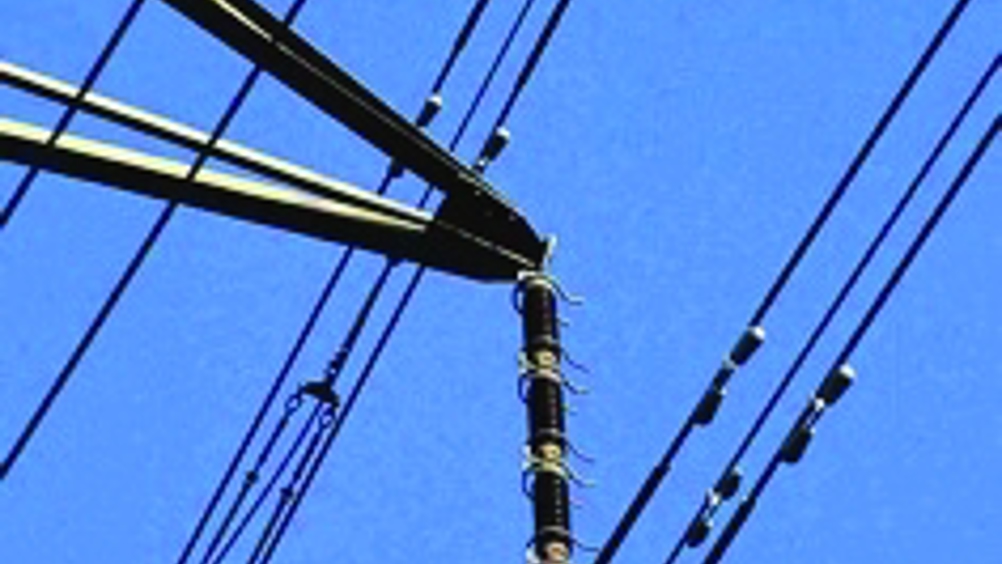UK's first smart grid

What is claimed to be the UK’s first smart grid system has now been installed on the Orkney distribution network.
Smarter Grid Solutions, a Strathclyde University spin-out, has installed Active Network Management (ANM) technology to manage multiple generators running on the network, and monitor and control power flows.
The technology is based around a central controller, which collects data from measuring devices geographically distributed around the network.
The central controller decides if there is a potential problem on the network and sends control instructions to generators or other network devices to modify their output or activities in a way that removes a network constraint.
Alan Gooding, managing director of Smarter Grid Solutions, believes that the Orkney network is a good example of how smart grid technology can help manage the technical constraints that renewable energy devices put on a power grid.
‘It’s a very good location for looking at the integration of wide-scale renewables because the amount of renewable potential up there is vast both from onshore wind wave and tidal,’ he added.
The energy produced from these renewable energy devices does not always meet with demand because their output depends on the strength of wind gusts or the movement of tides and waves.
Gooding said connecting more renewable generation than conventional planning standards allow can lead to ‘thermal bottlenecks’, potentially causing network cables and transformers to heat up and fail or overhead lines to sag. He added that, currently, these problems are solved by reinforcing the network with larger pylons, increasing the capacity of overhead line cables, building larger substations or installing larger transformers. ‘That’s not necessarily the most cost-effective or expedient way to do things,’ said Gooding.
Further technical constraints on the network will emerge, he added, as more renewable energy devices are connected to the grid to meet 2020 emissions targets.
Gooding argued it makes more sense to have a network that can be monitored and controlled to identify potential issues and resolve them before problems occur.
For example, if a wind farm is at full output at a time of minimum demand and the thermal limit of a circuit is reached, the ANM central controller will detect this before the limit is reached and instruct the generator to reduce output.
‘If it fails to respond we will take more stringent action up to the point of tripping them off of the network entirely for non-compliance,’ he said.
Register now to continue reading
Thanks for visiting The Engineer. You’ve now reached your monthly limit of news stories. Register for free to unlock unlimited access to all of our news coverage, as well as premium content including opinion, in-depth features and special reports.
Benefits of registering
-
In-depth insights and coverage of key emerging trends
-
Unrestricted access to special reports throughout the year
-
Daily technology news delivered straight to your inbox










UK Automotive Feeling The Pinch Of Skills Shortage
Aside from the main point (already well made by Nick Cole) I found this opinion piece a rather clunking read: • Slippery fish are quite easy to...